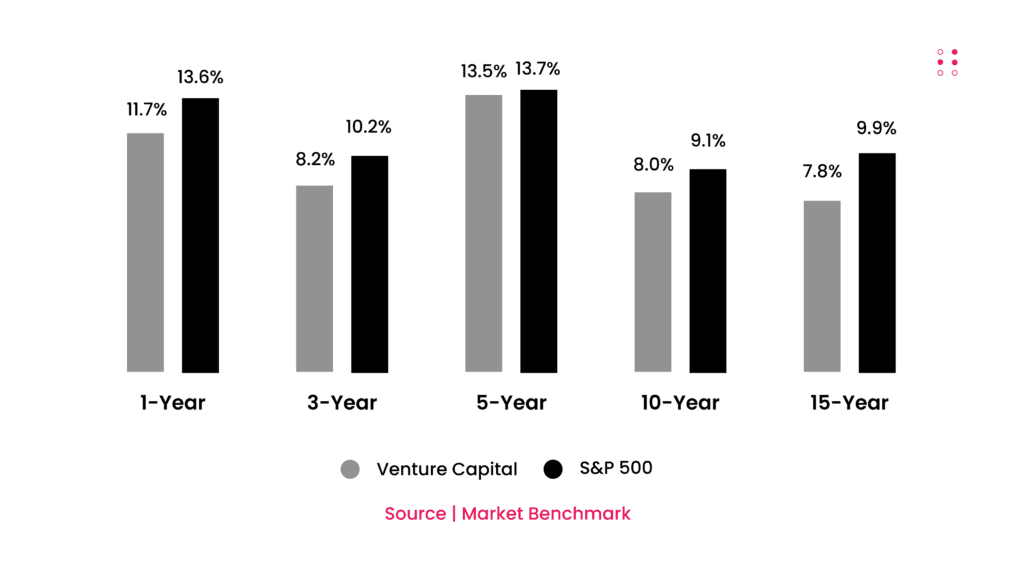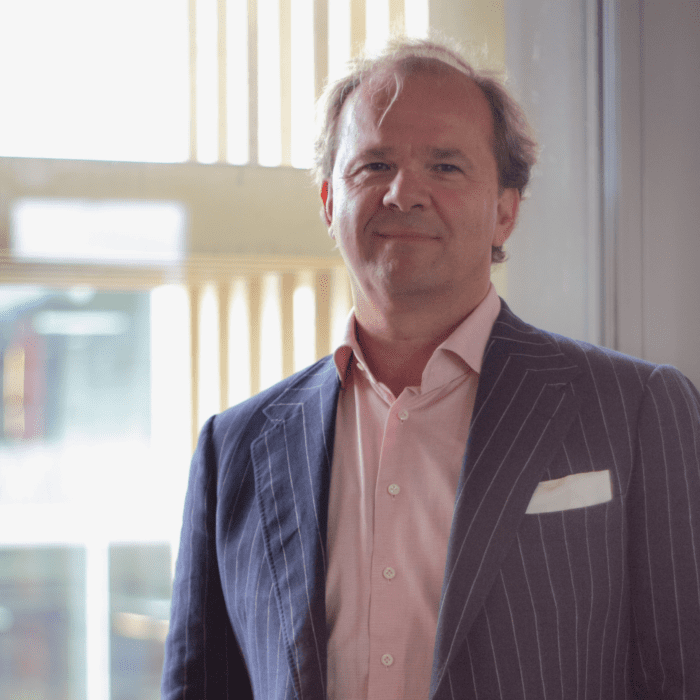We are obsessed
- Founders
- Backers
- Builders
- Venture Studios
Venture Studios
Value Chain Disruptors
We are building a fully programmable financial infrastructure.Game Changers
We are building the data-enhanced layer to immersive sporting technology.Urban
We are building a set of fast-growing and self-healing urban settlements.
- DNAnx
- About
In our blog you can unlock industry-specific knowledge and top-tier insights on everything around venture building.
Get to know the true disruptors that are force-multiplying the value of tech to bring more impact.
Want to learn more about the way we invest, build and scale innovation? We are always one email away.












